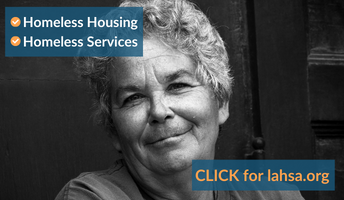
Accessible Rental Housing must provide all of the following:
- Mobility Units with features designed for individuals with mobility disabilities, including persons who use wheelchairs. At least five percent (5%) of all units in existing housing, ten percent (10%) of all units in housing constructed or rehabilitated after April 2016, and eleven percent (11%) of all units in housing constructed or rehabilitated as of August 2019 must be Mobility Units. Features include wider doorways, sufficient turn-around space, and lower kitchen counters, and others. (Note that properties receiving tax credit financing may be required to provide 10% Mobility Units prior to April 2016.)
- Hearing/Vision Units with features designed for individuals with hearing and vision disabilities. At least two percent (2%) of all units in existing housing and four percent (4%) in housing constructed or rehabilitated after April 2016 must be Hearing/Vision Units. Features include emergency lights in addition to door buzzers or fire sirens, braille floor numbers in elevators, and appliances and gym equipment with buttons and knobs, rather than touch screens, e.g., ovens, dishwashers, washing machines, dryers, and microwaves. (Note that properties receiving tax credit financing may be required to provide 4% Hearing/Vision Units prior to April 2016.)
- Accessible common areas and public spaces designed so that they can be used and enjoyed by individuals with disabilities, including those using wheelchairs or mobility devices.
- Accessible routes into and through the housing unit, through the housing development, and to all amenities, laundry, parking, and other common and public areas in the building. An accessible route is a pathway that provides access for people with disabilities, including those using wheelchairs or mobility devices, and those with sight/hearing disabilities.
- Programs and services designed so that they can be used and enjoyed by individuals with disabilities.
- Effective Communication methods such as large print documents, sign-language interpreters, Assistive Listening Device Systems (ALDS), qualified readers, or other methods, so that property owners and managers can effectively communicate with people who have hearing and vision disabilities and other disabilities.
(Visited 5,196 times, 5 visits today)







